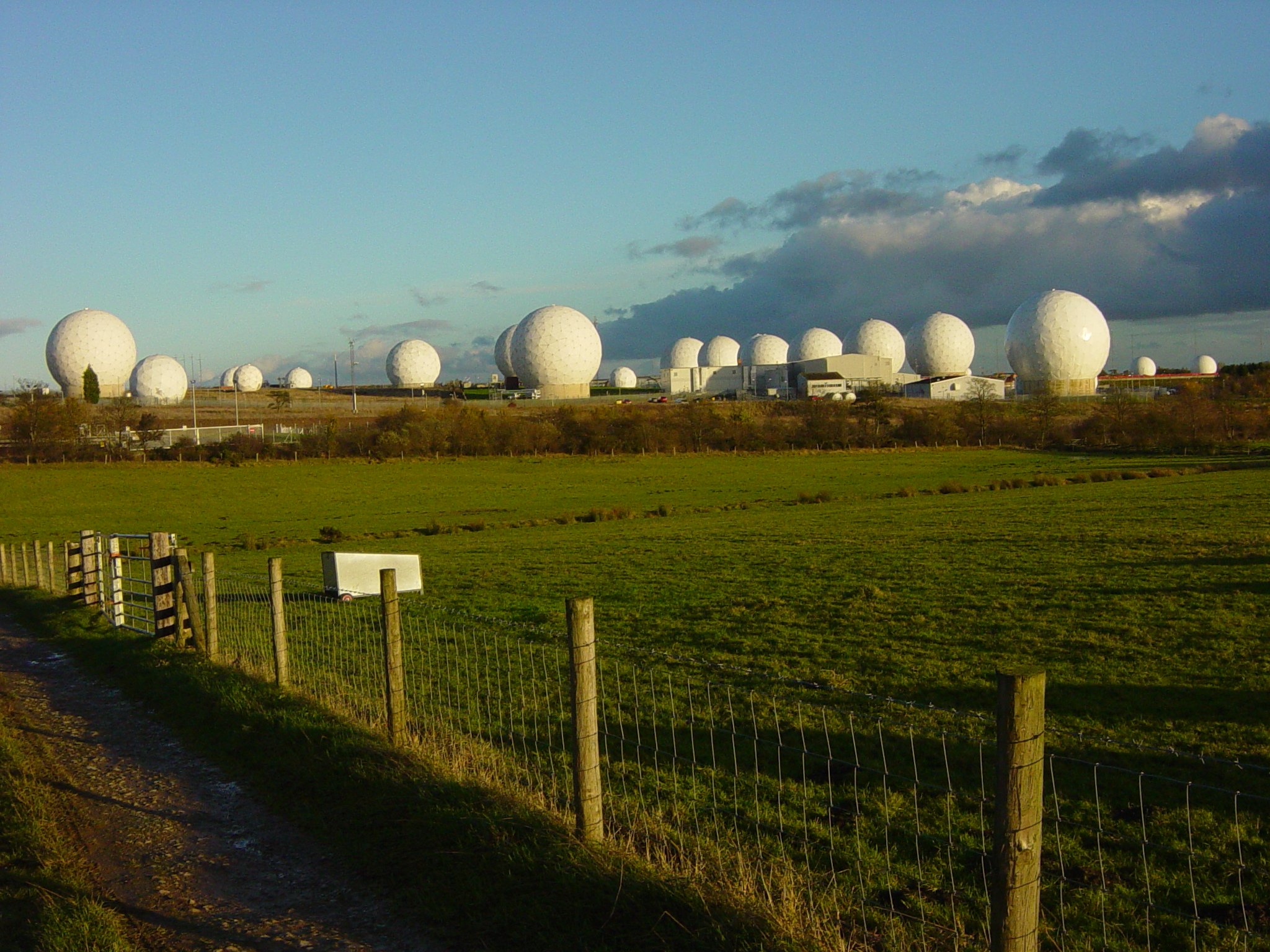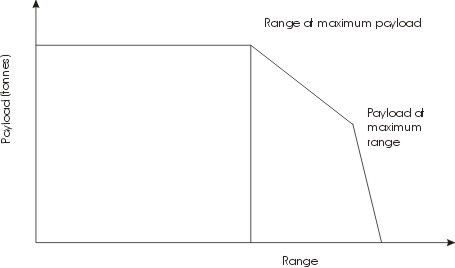|
Kosmos 1408
Kosmos-1408 () was an electronic signals intelligence (ELINT) satellite operated by the Soviet Union. It was launched into low Earth orbit on 16 September 1982 at 14:55 UTC, replacing Kosmos-1378. It operated for around two years before becoming inactive and left in orbit. The satellite was destroyed in a Russian anti-satellite weapon test on 15 November 2021, resulting in space debris in orbits between above Earth. The threat of potential collision with debris caused the crew of the International Space Station (ISS) to take shelter in their escape capsules for the first few passes of the debris cloud, and permanently increased the future risk of a debris collision with the ISS or other satellites. Mission From 1965 to 1967, the Soviet Yuzhnoye Design Office developed two satellite ELINT systems: Tselina-O for broad observations and Tselina-D for detailed observations. The ELINT payloads (satellites) for Tselina were first tested under the Kosmos designation in 1962–65 ... [...More Info...] [...Related Items...] OR: [Wikipedia] [Google] [Baidu] |
Electronic Signals Intelligence
Signals intelligence (SIGINT) is the act and field of intelligence-gathering by interception of ''signals'', whether communications between people (communications intelligence—abbreviated to COMINT) or from electronic signals not directly used in communication (electronic intelligence—abbreviated to ELINT). As classified and sensitive information is usually encrypted, signals intelligence may necessarily involve cryptanalysis (to decipher the messages). Traffic analysis—the study of who is signaling to whom and in what quantity—is also used to integrate information, and it may complement cryptanalysis. History Origins Electronic interceptions appeared as early as 1900, during the Boer War of 1899–1902. The British Royal Navy had installed wireless sets produced by Marconi on board their ships in the late 1890s, and the British Army used some limited wireless signalling. The Boers captured some wireless sets and used them to make vital transmissions. Since the Brit ... [...More Info...] [...Related Items...] OR: [Wikipedia] [Google] [Baidu] |
Anti-satellite Weapon
Anti-satellite weapons (ASAT) are space weapons designed to incapacitate or destroy satellites for Military strategy, strategic or Military tactics, tactical purposes. Although no ASAT system has been utilized in warfare, a few countries (China, India, Russia, and the United States) have successfully shot down their own satellites to demonstrate their ASAT capabilities in a show of force. ASATs have also been used to remove decommissioned satellites. ASAT roles include: defensive measures against an adversary's space-based and nuclear weapons, a force multiplier for a nuclear First strike (nuclear strategy), first strike, a countermeasure against an adversary's Anti-ballistic missile defense countermeasure, anti-ballistic missile defense (ABM), an asymmetric warfare, asymmetric counter to a technologically superior adversary, and a countervalue, counter-value weapon. Use of ASATs generates space debris, which can collide with other satellites and generate more space debris. A c ... [...More Info...] [...Related Items...] OR: [Wikipedia] [Google] [Baidu] |
Drag (physics)
In fluid dynamics, drag, sometimes referred to as fluid resistance, is a force acting opposite to the direction of motion of any object moving with respect to a surrounding fluid. This can exist between two fluid layers, two solid surfaces, or between a fluid and a solid surface. Drag forces tend to decrease fluid velocity relative to the solid object in the fluid's path. Unlike other resistive forces, drag force depends on velocity. Drag force is proportional to the relative velocity for low-speed flow and is proportional to the velocity squared for high-speed flow. This distinction between low and high-speed flow is measured by the Reynolds number. Drag is instantaneously related to vorticity dynamics through the Josephson-Anderson relation. Examples Examples of drag include: * Net force, Net Aerodynamic force, aerodynamic or Fluid dynamics, hydrodynamic force: Drag acting opposite to the direction of movement of a solid object such as cars, aircraft, and boat hulls. * Viscou ... [...More Info...] [...Related Items...] OR: [Wikipedia] [Google] [Baidu] |
De-orbit
Atmospheric entry (sometimes listed as Vimpact or Ventry) is the movement of an object from outer space into and through the gases of an atmosphere of a planet, dwarf planet, or natural satellite. Atmospheric entry may be ''uncontrolled entry,'' as in the entry of astronomical objects, space debris, or bolides. It may be ''controlled entry'' (or ''reentry'') of a spacecraft that can be navigated or follow a predetermined course. Methods for controlled atmospheric ''entry, descent, and landing'' of spacecraft are collectively termed as ''EDL''. Objects entering an atmosphere experience atmospheric drag, which puts mechanical stress on the object, and aerodynamic heating—caused mostly by compression of the air in front of the object, but also by drag. These forces can cause loss of mass (ablation) or even complete disintegration of smaller objects, and objects with lower compressive strength can explode. Objects have reentered with speeds ranging from 7.8 km/s for lo ... [...More Info...] [...Related Items...] OR: [Wikipedia] [Google] [Baidu] |
Orbital Period
The orbital period (also revolution period) is the amount of time a given astronomical object takes to complete one orbit around another object. In astronomy, it usually applies to planets or asteroids orbiting the Sun, moons orbiting planets, exoplanets orbiting other stars, or binary stars. It may also refer to the time it takes a satellite orbiting a planet or moon to complete one orbit. For celestial objects in general, the orbital period is determined by a 360° revolution of one body around its primary, ''e.g.'' Earth around the Sun. Periods in astronomy are expressed in units of time, usually hours, days, or years. Its reciprocal is the orbital frequency, a kind of revolution frequency, in units of hertz. Small body orbiting a central body According to Kepler's Third Law, the orbital period ''T'' of two point masses orbiting each other in a circular or elliptic orbit is: :T = 2\pi\sqrt where: * ''a'' is the orbit's semi-major axis * ''G'' is the gravitationa ... [...More Info...] [...Related Items...] OR: [Wikipedia] [Google] [Baidu] |
Orbital Inclination
Orbital inclination measures the tilt of an object's orbit around a celestial body. It is expressed as the angle between a reference plane and the orbital plane or axis of direction of the orbiting object. For a satellite orbiting the Earth directly above the Equator, the plane of the satellite's orbit is the same as the Earth's equatorial plane, and the satellite's orbital inclination is 0°. The general case for a circular orbit is that it is tilted, spending half an orbit over the northern hemisphere and half over the southern. If the orbit swung between 20° north latitude and 20° south latitude, then its orbital inclination would be 20°. Orbits The inclination is one of the six orbital elements describing the shape and orientation of a celestial orbit. It is the angle between the orbital plane and the plane of reference, normally stated in degrees. For a satellite orbiting a planet, the plane of reference is usually the plane containing the planet's equator. For pla ... [...More Info...] [...Related Items...] OR: [Wikipedia] [Google] [Baidu] |
Apsis
An apsis (; ) is the farthest or nearest point in the orbit of a planetary body about its primary body. The line of apsides (also called apse line, or major axis of the orbit) is the line connecting the two extreme values. Apsides pertaining to orbits around different bodies have distinct names to differentiate themselves from other apsides. Apsides pertaining to geocentric orbits, orbits around the Earth, are at the farthest point called the ''apogee'', and at the nearest point the ''perigee'', like with orbits of satellites and the Moon around Earth. Apsides pertaining to orbits around the Sun are named ''aphelion'' for the farthest and ''perihelion'' for the nearest point in a heliocentric orbit. Earth's two apsides are the farthest point, ''aphelion'', and the nearest point, ''perihelion'', of its orbit around the host Sun. The terms ''aphelion'' and ''perihelion'' apply in the same way to the orbits of Jupiter and the other planets, the comets, and the asteroids of t ... [...More Info...] [...Related Items...] OR: [Wikipedia] [Google] [Baidu] |
Ministry Of Defense (Soviet Union)
The Ministry of Defense (Minoboron; ) was a government ministry in the Soviet Union, which supervised the Soviet Armed Forces. The first Minister of Defense was Nikolai Bulganin, starting 1953. History The Ministry of Defence was renamed a number of times. From 1917 to 1934 it was the People's Commissariat for Military and Naval Affairs, from 1934 to 1946 it was the People's Commissariat of Defense of the Soviet Union, and in 1946 the People's Commissariat for the Armed Forces. On February 25, 1946 the People's Commissariat of Defense of the Soviet Union and the People's Commissariat of the Navy of the Soviet Union were amalgamated into a Ministry of the Armed Forces of the Soviet Union (). The ministry became responsible for: "developing long-term plans for the development of the army and navy and improving organization and logistics fall types and branches of troops of the Armed Forces, which were controlled through the corresponding main commands in accordance with the sp ... [...More Info...] [...Related Items...] OR: [Wikipedia] [Google] [Baidu] |
Kosmos (satellite)
Kosmos (, , meaning ) is a designation given to many satellites operated by the Soviet Union and subsequently Russia. Kosmos 1, the first spacecraft to be given a Kosmos designation, was launched on 16 March 1962. History The first Soviet satellites orbiting Earth were named Sputnik (spacecraft designation), Sputnik, Polyot (starting in 1963), Elektron (satellite program), Elektron (in 1964), Proton (satellite program), Proton (in 1965), and Molniya (satellite), Molniya (in 1965), but most have been called Kosmos since Kosmos 1 on 16 March 1962. The program has included uncrewed tests of crewed spacecraft and satellites for scientific research and military purposes. , 2548 Kosmos satellites have been launched. The spacecraft do not form a single programme, but instead consist of almost all Soviet and Russian military satellites, as well as a number of scientific satellites, and spacecraft which failed during or immediately after launch, but still reached orbit. Most Soviet and ... [...More Info...] [...Related Items...] OR: [Wikipedia] [Google] [Baidu] |
Payload
Payload is the object or the entity that is being carried by an aircraft or launch vehicle. Sometimes payload also refers to the carrying capacity of an aircraft or launch vehicle, usually measured in terms of weight. Depending on the nature of the flight or mission, the payload of a vehicle may include cargo, passengers, flight crew, munitions, scientific instruments or experiments, or other equipment. Extra fuel, when optionally carried, is also considered part of the payload. In a commercial context (i.e., an airline or air freight carrier), payload may refer only to revenue-generating cargo or paying passengers. A payload of ordnance carried by a combat aircraft is sometimes alternatively referred to as the aircraft's warload. For a rocket, the payload can be a satellite, space probe, or spacecraft carrying humans, animals, or cargo. For a ballistic missile, the payload is one or more warheads and related systems; their total weight is referred to as the throw-weight. The ... [...More Info...] [...Related Items...] OR: [Wikipedia] [Google] [Baidu] |
Space Capsule
A space capsule is a spacecraft designed to transport cargo, scientific experiments, and/or astronauts to and from space. Capsules are distinguished from other spacecraft by the ability to survive reentry and return a payload to the Earth's surface from orbit or sub-orbit, and are distinguished from other types of recoverable spacecraft by their blunt shape, not having wings and often containing little fuel other than what is necessary for a safe return. Capsule-based human spaceflight, crewed spacecraft such as Soyuz (spacecraft), Soyuz or Orion (spacecraft), Orion are often supported by a service or adapter module, and sometimes augmented with an extra module for extended space operations. Capsules make up the majority of crewed spacecraft designs, although one crewed spaceplane, the Space Shuttle, has flown in orbit. Current examples of crewed space capsules include Soyuz spacecraft, Soyuz, Shenzhou spacecraft, Shenzhou, and SpaceX Dragon 2, Dragon 2. Examples of new crew capsu ... [...More Info...] [...Related Items...] OR: [Wikipedia] [Google] [Baidu] |





